The views expressed in our content reflect individual perspectives and do not represent the authoritative views of the Baha'i Faith.
How could an uneducated girl from India become a renowned global teacher of the Baha’i Faith? How would she travel to 147 countries to teach the mysteries of prayer and service to humanity?
Meherangiz Munsiff was born to Sarwar Rashi Irani and Bahaman Rashid Irani on 23 November 1923 in Bombay, as it was then called, India. Her family came from a Zoroastrian background.
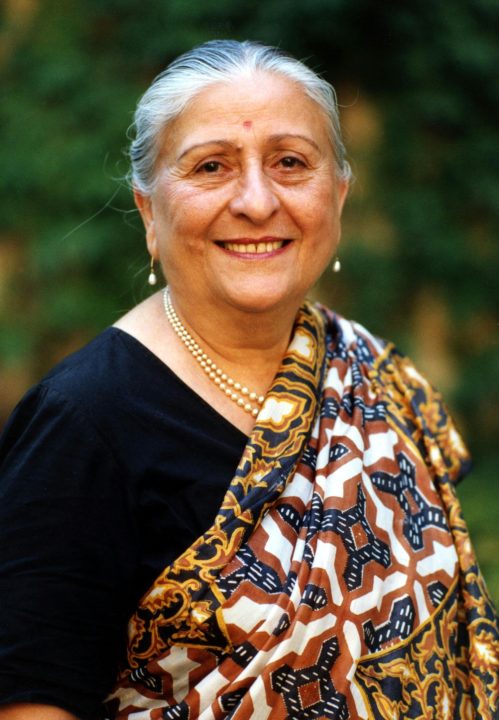
At the time of Meherangiz’s birth, her mother, Sarwar, was a Baha’i, but her father was not, although he was to declare his faith in Baha’u’llah 23 years later in 1951.
Meherangiz was given her name by Abdu’l-Baha’s sister — it means “the giver of love” and proved to be the template by which she lived her life.
RELATED: Progress on the Spiritual Path: Through Prayer or Action?
When Meherangiz was only two, her mother died unexpectedly during a simple medical procedure, leaving Meherangiz and her sister Bahaiya (always known as Molly) motherless. Their father, Bahaman, devastated by the loss of his beloved wife, rejected all belief in God and was totally opposed to his children having anything to do with religion generally and the Baha’i Faith in particular.
However, Bahaman had a restaurant to run and reluctantly had to ask his wife’s sister Dawlat Mehrban Behjat — who, like his wife, was a devout Baha’i — to care for his daughters, stipulating that they were not to be taught the Baha’i Faith. Neither daughter was deterred, though, and despite strong objections from her father, Meherangiz declared her faith at a young age.
At 14 years old, she had the great privilege of traveling with the renowned Baha’i journalist and teacher Martha Root in Northern India. Meherangiz looked after most of the practical logistics, such as buying train tickets, arranging accommodations, and organizing venues for meetings while Miss Root was in Bombay. In addition to her Baha’i teaching work, Meherangiz, while still in her teens, engaged in social work amongst the poor of Ahmedabad, a textile center in India.
Meherangiz recalled a life-defining conversation with her aunt at the time of Martha Root’s visit to India, when Meherangiz was in the middle of the arrangements for Miss Root:
One day when I was a little girl, I ran in to tell my aunt, ‘I worked so hard for the Faith’ — I was so cocky and proud. My aunt didn’t say anything, but continued looking out of the window. She spotted a horse-drawn carriage and there underneath the carriage was a dog, walking along so elegantly under the carriage. She said, ‘you see that dog under the carriage? He thinks that he is pulling the carriage, when all that he is doing is walking under the shadow of the carriage and is being protected from the heat.’ With that example I realized that I had not yet done anything for the Faith, but was just walking along under its protection.
A lifetime of public speaking focused on spreading the altruistic, humanitarian principles of the Baha’i Faith started in Meherangiz’s early teens. From the writings of Abdu’l-Baha, including this passage from The Secret of Divine Civilization, she learned that:
Sincerity is the foundation-stone of faith. That is, a religious individual must disregard his personal desires and seek in whatever way he can wholeheartedly to serve the public interest; and it is impossible for a human being to turn aside from his own selfish advantages and sacrifice his own good for the good of the community except through true religious faith. … That individual, however, who puts his faith in God and believes in the words of God — because he is promised and certain of a plentiful reward in the next life, and because worldly benefits as compared to the abiding joy and glory of future planes of existence are nothing to him — will for the sake of God abandon his own peace and profit and will freely consecrate his heart and soul to the common good.
When she was 16 years old, Meherangiz met Eruch Munsiff, who, out of curiosity, attended one of her meetings. The romance didn’t start well, as Eruch — who was highly educated, unlike Meherangiz, who only attended the Roman Catholic school of St Therese in Bombay for two years between the ages of seven and nine — was thrown out of the meeting by Meherangiz, who said he was “an ass laden with books!” Nevertheless, with great perseverance and sacrifice from Eruch and a love that blossomed over the following five years, the two finally married in February of 1945.
Eruch had also lost a parent at a young age, adopted at the age of seven following the death of his father. He had two brothers, but his mother was unable to support all three of her children, so gave Eruch to his paternal aunt and uncle, as they were not married and had no children. They were very financially comfortable and were only too pleased to educate and care for Eruch. In return for their kindness, Eruch studied agriculture at university, with a view to managing the significant tracts of land owned by his aunt and uncle.
Sadly, although they were very fond of Meherangiz, the aunt and uncle disinherited Eruch because he wanted to marry someone who was not a Zoroastrian. While his inheritance would have been significant, his love for Meherangiz was greater, and with his mother’s blessing, the union was sealed.
With the prospect of looking after the family’s lands now gone, Eruch was compelled to look for an alternative career. He took and excelled in the Indian Civil Service examinations, and on the declaration of India’s independence in 1947, he was selected to be part of the first cohort to go to London, where his idea to start the Indian Tourist Board succeeded — a concept which quickly caught on amongst many of the other Embassies and High Commissions.
November 1947 was not a good time to come to England, however — the nation, attempting to recover from the destruction of World War II, suffered through one of its worst winters ever. Coming to a new country where it was freezing cold, accompanied by a nine-month-old baby, with postwar rationing still in place, in an environment where wearing a sari made Meherangiz obviously foreign and not warmly received, she often reflected that she truly thought she had come to hell. Her father was so worried that he used to send the family food parcels.
RELATED: The Legacy of May Maxwell, Dorothy Baker, and Patricia Locke
Meherangiz’s global Baha’i journey started, however, with her move to England, where she encountered a Western Baha’i community for the first time and forged a deep, lifelong commitment to spreading Baha’u’llah’s message of love, peace, and unity among all people.
Throughout her life, Meherangiz had a significant number of dreams of the Central Figures of the Faith and Shoghi Effendi. Her detailed dreams provided guidance and insights she acted upon. As a result, she developed a total reliance on prayer. Her dreams gave her the strength and confidence to carry on at times of complete desolation and isolation, and her prayers inspired millions of people to rely on their own prayers to navigate this life.
In the next essays in this series, we’ll explore Meherangiz Munsiff’s journeys around the world, and her spiritual journeys through the worlds of meditation, prayer, and action.
These BahaiTeachings.org essays are adapted from the book “Lifeline: A Life of Prayer and Service as Experienced by Meherangiz Munsiff, Knight of Baha’u’llah,” written by Meherangiz and Jyoti Munsiff in collaboration with Pixie McCallum, published by George Ronald, Oxford, reprinted with permission and available at www.grbooks.com.


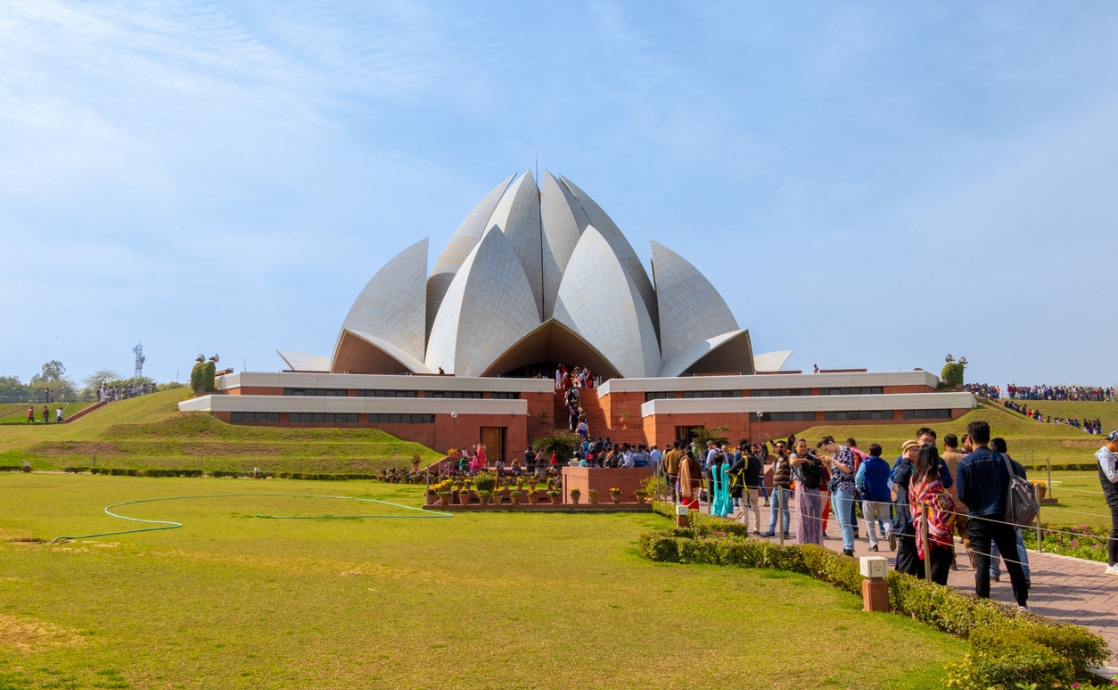
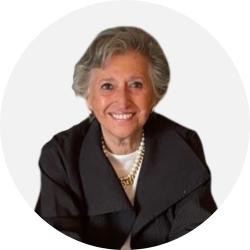
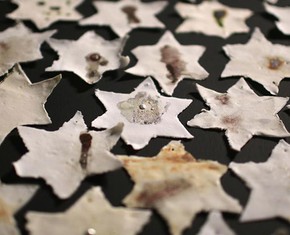
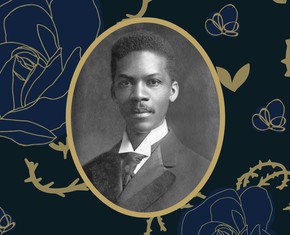


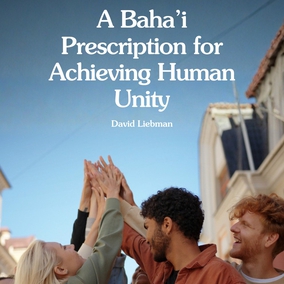
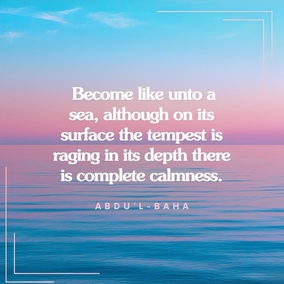


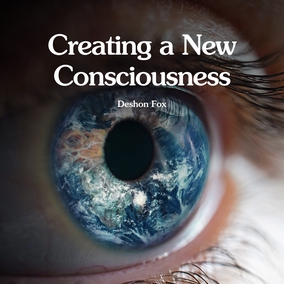



Comments
Sign in or create an account
Continue with Googleor